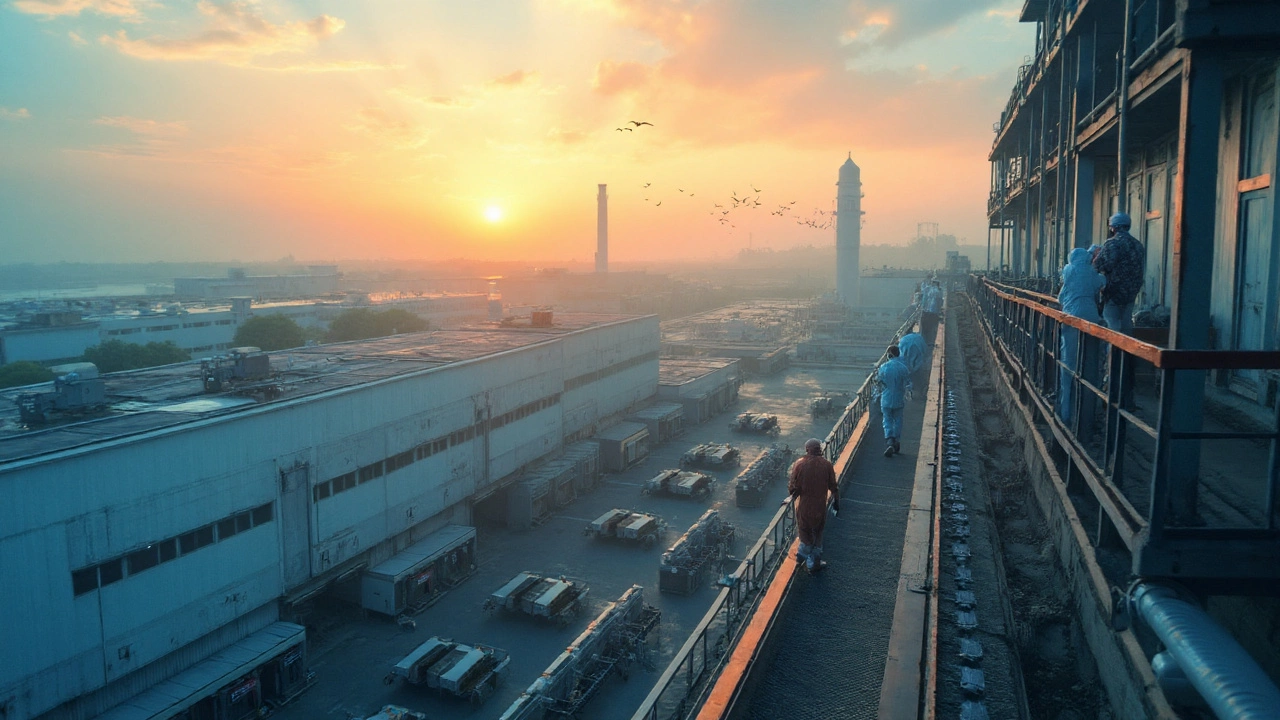Vaccine Production in India: A Practical Look at the Industry
India has become one of the world’s biggest vaccine makers, churning out doses for Covid‑19, polio, hepatitis and many more diseases. If you’re curious about how the process works, who the big players are, and what hurdles they face, you’re in the right place. Below we break down the basics, so you can understand the Indian vaccine story without digging through jargon.
Key Players and Capacity
Four companies dominate the scene: Serum Institute of India, Bharat Biotech, Indian Immunologicals, and Zydus Cadila. Together they operate more than 30 production lines and can produce over 2 billion doses per year. The Serum Institute alone supplies the world’s cheapest Covid‑19 shots, making it a go‑to partner for the WHO and many low‑income nations.
Most factories follow a three‑step flow: antigen creation, purification, and fill‑finish. Antigens are grown in large bioreactors using cells that have been engineered to carry the virus’s spike protein. After purification, the liquid is mixed with adjuvants – ingredients that boost the body’s immune response – and finally filled into vials under clean‑room conditions.
India’s government backs the sector with incentives like tax breaks, subsidised land, and fast‑track approvals. The “Make in India” drive has also opened doors for foreign partners to set up joint ventures, adding new technology and expertise.
Challenges and Future Outlook
Despite the scale, the industry faces real challenges. Raw material shortages, especially for high‑purity glass vials, can slow down production. Quality‑control bottlenecks are another pain point – every batch must pass strict tests before it can be released, and any delay ripples through the supply chain.
Regulatory hurdles also matter. While the Indian regulator, CDSCO, has accelerated Covid‑19 approvals, other vaccines still have to clear lengthy reviews. Companies are investing in digital tools and AI to speed up documentation and traceability.
Looking ahead, the sector is set to grow beyond Covid‑19. Plans are underway to produce next‑generation mRNA vaccines, which could open markets for cancers and chronic infections. Moreover, new biotech hubs in Hyderabad and Bangalore are attracting startups focused on novel delivery systems like nasal sprays and patches.
Another trend is the push for ‘vaccine self‑reliance.’ The government aims to increase domestic production of critical inputs, reducing dependence on imports. If these efforts succeed, India could become the world’s most resilient vaccine supplier.
So, whether you’re a health professional, an investor, or just a curious reader, the key takeaways are clear: India’s vaccine manufacturing is massive, backed by strong players and government support, but it still needs to iron out supply chain and regulatory bumps to stay ahead.
Keep an eye on the upcoming biotech parks and the shift toward advanced platforms. Those will shape the next decade of vaccine production in India and could influence global health outcomes for years to come.

Why So Many Pharmaceuticals Are Made in India: Costs, Capacity, and 2025 Outlook
India makes a big share of the world’s medicines. Here’s the real reason: cost, scale, skills, regulations-and what it means for quality, risk, and 2025.
